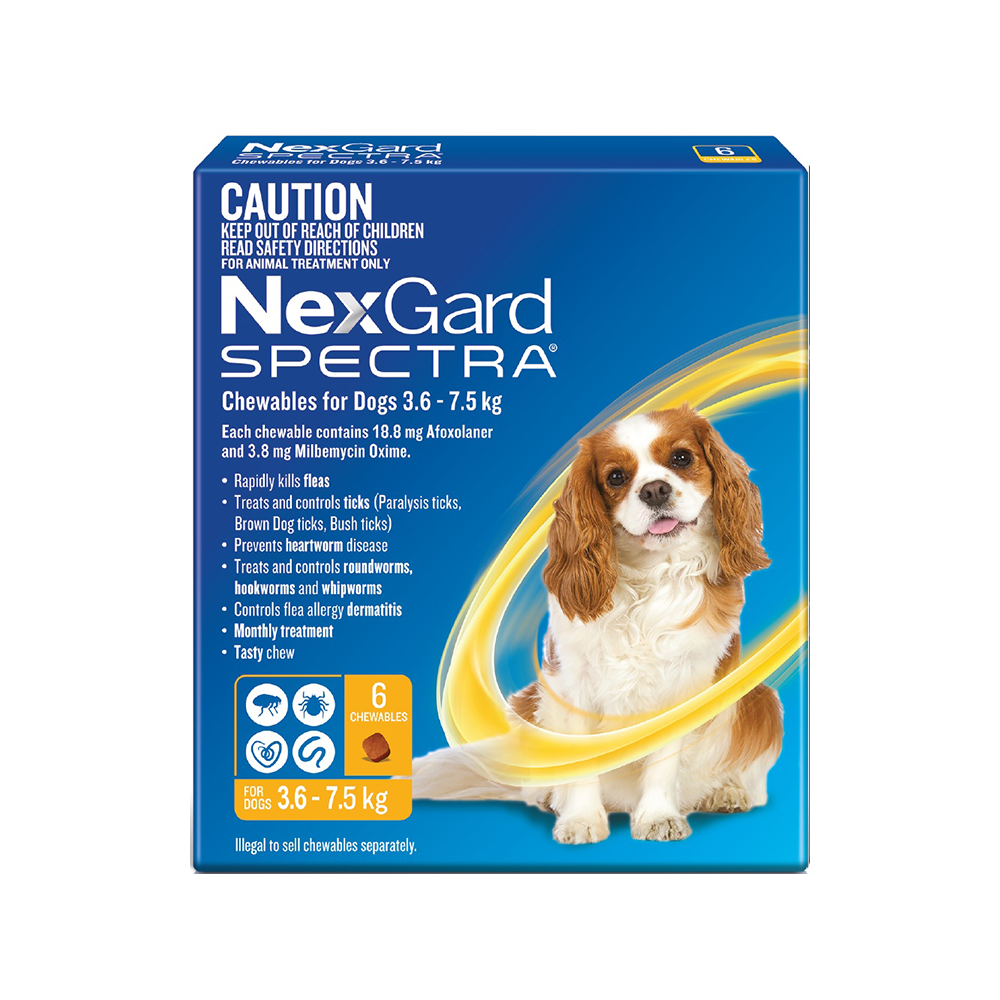

Maintenance of the efficacy of macrocyclic lactones is critical for Dirofilaria immitis control. Therefore, the use of this product should be based on the assessment of each individual case and on local epidemiological information about the current susceptibility of the target species in order to limit the possibility of a future selection for resistance. Parasite resistance to any particular class of parasiticides may develop following the frequent, repeated use of a product of that class. Prevention of angiostrongylosis (by reduction of the level of infection with immature adult (L5) and adult stages of Angiostrongylus vasorum) with monthly administration.ĭo not use in cases of hypersensitivity to the active substances or to any of the excipients.įleas and ticks need to start feeding on the host to become exposed to afoxolaner therefore the risk of the transmission of vector-borne diseases cannot be excluded.Īncylostoma ceylanicum is reported as being endemic only in South-East Asia, China, India, Japan, some Pacific islands, Australia, the Arab Peninsula, South Africa and South America. Prevention of heartworm disease ( Dirofilaria immitis larvae) with monthly administration. Treatment of sarcoptic mange (caused by Sarcoptes scabiei var. Treatment of demodicosis (caused by Demodex canis). Treatment of infestations with adult gastrointestinal nematodes of the following species: roundworms ( Toxocara canis and Toxascaris leonina), hookworms ( Ancylostoma caninum, Ancylostoma braziliense and Ancylostoma ceylanicum) and whipworm ( Trichuris vulpis). Treatment of tick infestations ( Dermacentor reticulatus, Ixodes ricinus, Rhipicephalus sanguineus) in dogs for 4 weeks.įleas and ticks must attach to the host and commence feeding in order to be exposed to the active substance. Treatment of flea infestations ( Ctenocephalides felis and C. For the treatment of flea and tick infestations in dogs when the concurrent prevention of heartworm disease ( Dirofilaria immitis larvae), angiostrongylosis (reduction in level of immature adults (L5) and adults of Angiostrongylus vasorum) and/or treatment of gastrointestinal nematode infestations is indicated.


 0 kommentar(er)
0 kommentar(er)
